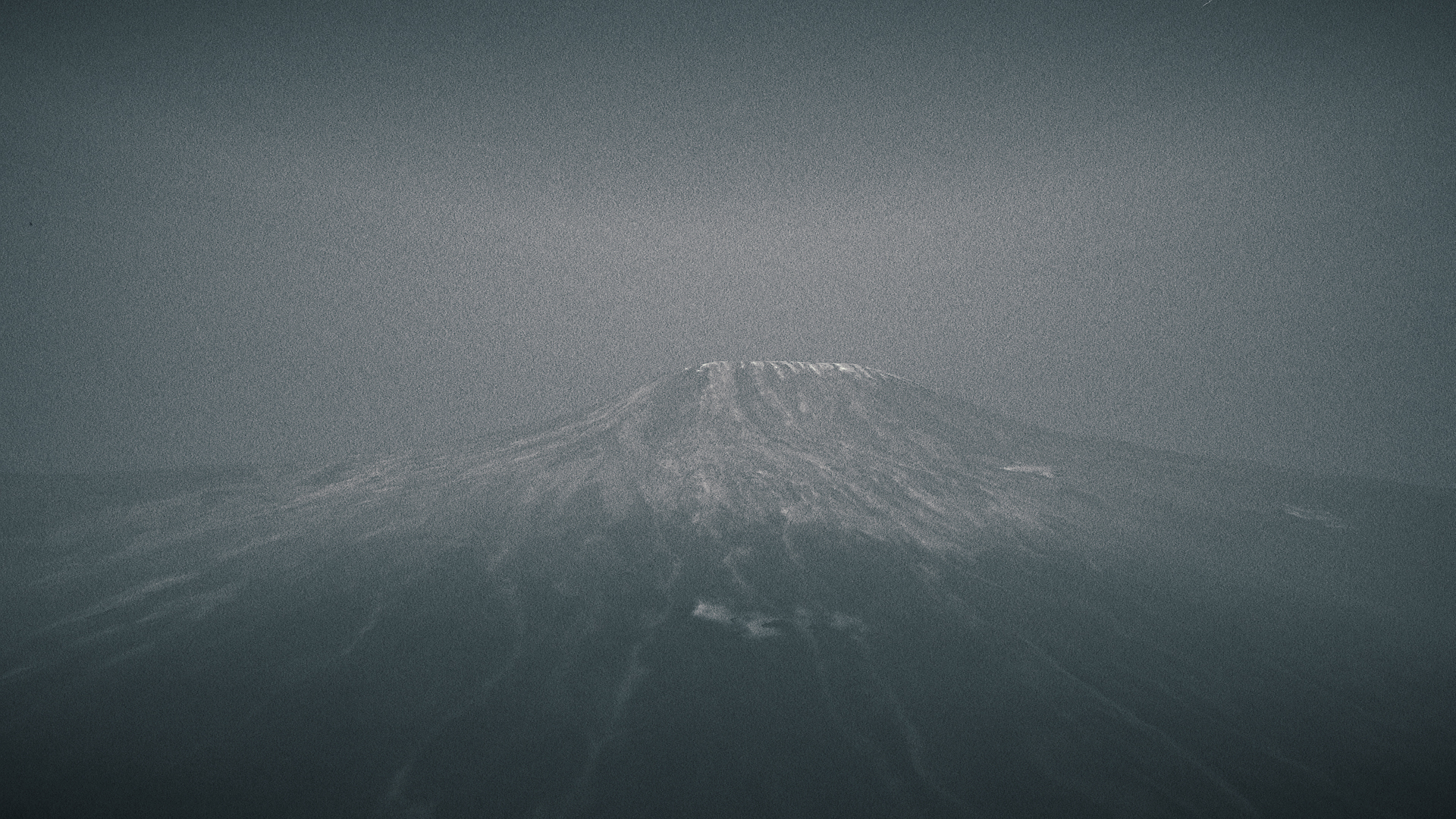Nnimmo Bassey, I See the Invisible (Quebec: Daraja Press, 2023), 45.
BC1555 Rhodes Fruit Farms Collection October 24th 1898., A3.1 Syfret, 443/4, University of Cape Town Libraries Special Collections.
BC1555 Rhodes Fruit Farms Collection, A3.1 Syfret, 445, University of Cape Town Libraries Special Collections.
Jas. Gray FIC “Some chemical discoveries which have influenced the development of South Africa,” South African Journal of Science 30 (1933): 28–45, available online at ➝.
BC Sewell “Progress of an African chemical giant,” South African Journal of Science 81 (1985): 52–54, available online at ➝.
Rachel Savage, “Kicking up a stink: row over sewage pollution blighting Cape Town’s beaches,” The Guardian, April 17, 2025, ➝.
Brent Kenneth Newman, Anisha Velayudan, and Mira Petrović et al., “Occurrence and potential hazard posed by pharmaceutically active compounds in coastal waters in Cape Town, South Africa,” Science of The Total Environment 949 (November 2024): 174800.
The forced removals were justified by the Apartheid regime to make Cape Town a white city by segregating Black communities in enclaves that would keep them out of the centers of commerce with limited access to jobs and key services.
Pippa Ehrlich and James Reed, My Octopus Teacher, 2020. Sea Change Project, Off The Fence, and ZDF Enterprises.
Eddie Andrews, “Cape Town’s coastal water quality – the facts versus the hype,” Daily Maverick January 23, 2025, ➝.
Melanie Gosling, “Cape Town council's desalination debacle: Seawater 400% more polluted than City of Cape Town's tender data indicated,” News24, May 27, 2019, ➝.
“Environmental Summary Report on Modelling and Measurement Programmes: Green Point Outfall Reference,” CLS Southern Africa, August 8, 2022 ,CLS-SA-21-51 SPR GP V3.0, ➝.
Leslie Petrik, Lesley Green, and Adeola P. Abegunde et al., “Desalination and seawater quality at Green Point, Cape Town: A study on the effects of marine sewage outfalls,” South African Journal of Science 113, nos. 11–12 (2017): 1–10.
Chemical compounds like antiretrovirals and antibiotics would not have been washed out of dumpsters and they would not be found in stormwater gutters.
A report commissioned by the Water Institute of South Africa points to a history of treatment plants at False Bay over-chlorinating wastewater because of a lack of training amongst staff and poor environmental management that fails to account for the impacts of chemical run-off, see Vusumuzi Mema, “Impact of poorly maintained wastewater and sewage treatment plants: lessons from South Africa,” Water Institute of South Africa (2010).
“Case number: 15/2019 - City of Cape Town Vs. M-Net Carte Blanche-Balance,” Broadcasting Complaints Commission of South Africa, ➝.
City of Cape Town, “Water quality of rivers and open waterbodies in the City of Cape Town: Status and historical trends, with a focus on the period April 2015 to March 2020,” Final Technical Report, August 2020, accessed 1 June 2023, ➝.
Bernard Steigler, The Neganthropocene (London: Open Humanities Press, 2018), 140.
Officials generate environmental readings in line with international safety measures issued by credible agencies such as the World Health Organization that lends legitimacy to decision-making. Or they use internally sanctioned measures, which in South Africa tend to keep shifting. The key performance indicators (KPIs) of environmental risks and safety exist across governments not only as a measure of pollution, contamination etc. but also as a test of whether officials and governments are doing a good job. By shifting the KPIs, governments can use safety measures to look effective and boost their reputation.
Jennifer Gabrys, Program Earth: Environmental Sensing Technology and the Making of a Computational Planet (Minneapolis: University of Minnesota Press, 2016); Cajetan Iheka, African Ecomedia: Network Forms, Planetary Politics (Durham, NC: Duke University Press, 2016).
Planetary Portals website: ➝; Casper Laing Ebbensgaard, Kerry Holden, and Kathryn Yusoff, “Planetary Portals in the Upside-Down World” in Design Studio Vol. 4: Working at the Intersection ed. Harriet Harriss and Naomi House (London: RIBA Publishing, 2022); Kathryn Yusoff, Kerry Holden, and Casper Laing Ebbensgaard, “Planetary portals: ‘Dreaming in continents’ from east London to the cape in the colonial praxis of emergence and extraction,” Gropius Bau Journal, 2022, ➝.
Nnimmo Bassey, To Cook a Continent: Destructive Extraction and the Climate Crisis in Africa, (Cape Town: Pambazuka, 2012).
